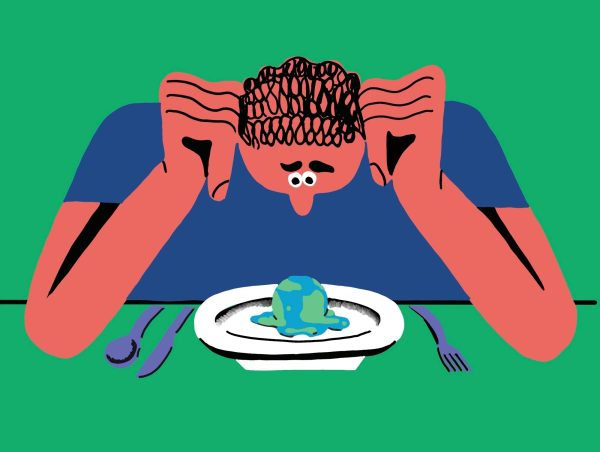What’s Left: The Rise of a New American Socialism
Historically, the word “socialism” has been tantamount to political profanity within the United States. It conjures images of bread lines, wealth redistribution and revolutions in the market square.
So, how are self-proclaimed democratic socialists like Senator Bernie Sanders (I-VT) and Representative Alexandria Ocasio-Cortez (D-NY) among the most popular American politicians in 2019? Dare we believe that “socialism” may be approaching normalcy within the American political vocabulary?
In a Harvard Harris Poll conducted in June 2019, nearly half of millennials and Generation Z Americans said they would prefer to live in a socialist United States. Over the past 75 years, socialism has been the insult hurled at nearly every public policy that has benefitted low-income American families. In the 1930s, many of President Franklin Roosevelt’s New Deal programs were labeled socialist. In the 1960s, Medicare and Medicaid (among the most popular social programs today), were labeled “socialist.” In the 1970s, Republican President Nixon’s Environmental Protection Acts were labeled socialist. In 2010, Republicans denounced President Obama’s Affordable Care Act as socialist. So why do nearly half of young Americans desire a socialist economy?
Today, the United States has the highest wealth inequality among modern, industrialized countries. Trade agreements, such as the North American Free Trade Agreement (NAFTA), have shipped hundreds of thousands of jobs to Mexico, Vietnam and other third-world countries. Most likely, those jobs will never return to the United States, leaving American workers jobless or possibly working three or four jobs to pay their bills. Meanwhile, multinational corporations and their CEO’s have profitted tremendously.
In the same manner that President Trump promised to “bring the jobs back” during his 2016 campaign, Senator Sanders is promising to renegotiate trade deals to benefit American workers. Unlike Trump, Sanders has a long and consistent record of pushing against corporate influence and lobbyist groups that supported the passage of these trade agreements.
Today, the American healthcare system is the most expensive and inefficient of any modern, industrialized country. Working and middle-class families pay some of the highest prices for prescription drugs in the world. Nearly 30 million Americans have no health insurance, and almost as many are underinsured. Despite the undeniable gains made by the Affordable Care Act, Americans are no healthier and the healthcare system is no more efficient today. However, corporate executives of healthcare companies continue receiving generous paychecks.
Whereas Trump refused to touch Medicare and Medicaid, Sanders is promising a Medicare-for-all system, modeled on Scandinavian healthcare, that guarantees universal coverage. Unlike Trump, whose presidential budgets have included massive cuts to Social Security, Medicare and Medicaid, Sanders has a detailed plan to abolish private healthcare premiums and deductibles.
Socialism, as rationalized in American politics and modeled on Western Europe and Scandinavia, is the perceived solution to a widening chasm of financial and political inequality between working families and the top-one-percent of income earners. Politicians like Sanders position themselves as outsiders battling against an out-of-touch political and economic elite.
Trump was elected because of the identified failures of previous presidential administrations to protect American workers. As shown in poll after poll, it is entirely plausible that Sanders rides a similar wave, bolstered by independents and disillusioned Trump supporters, to the White House in 2020.














